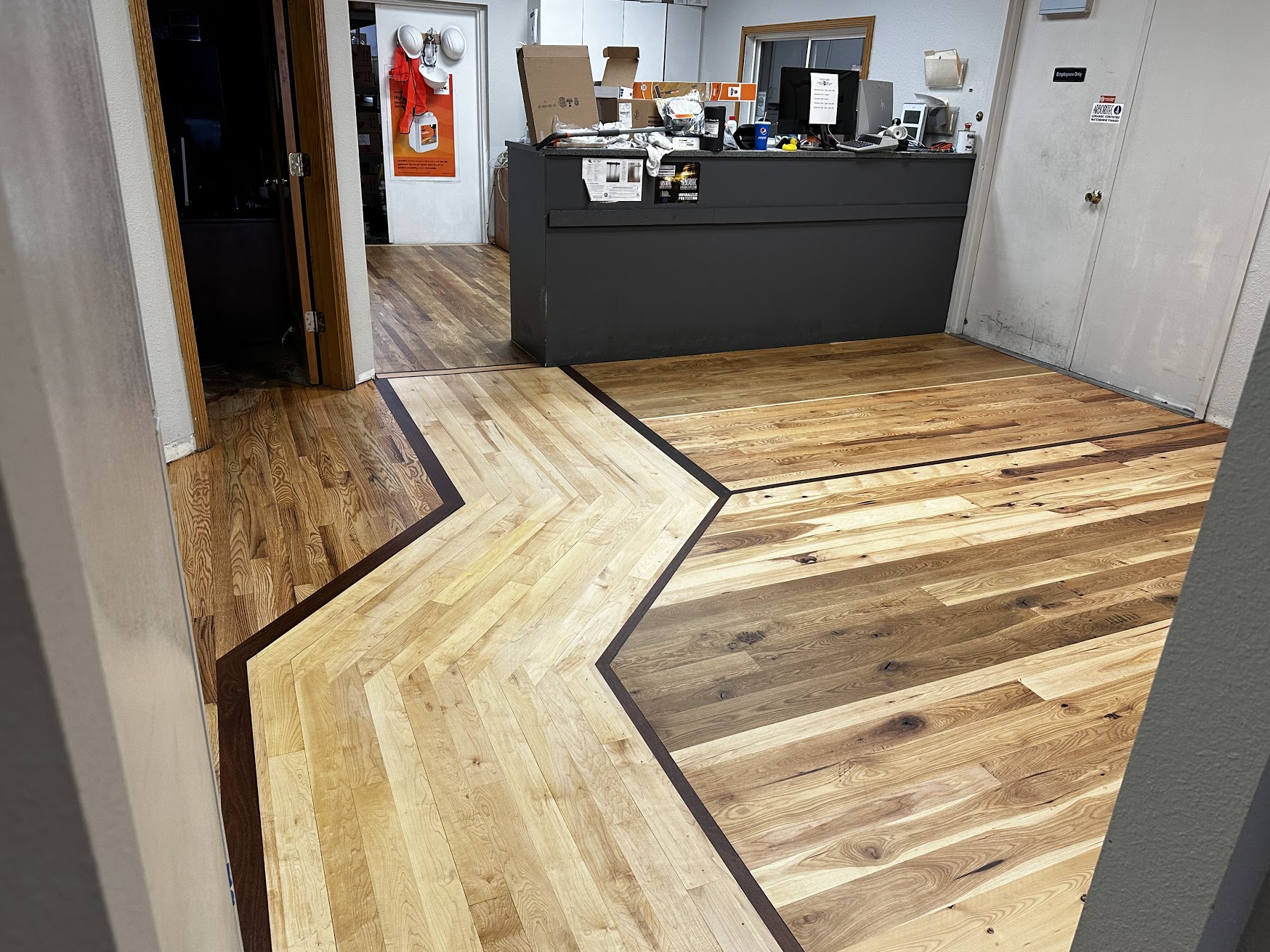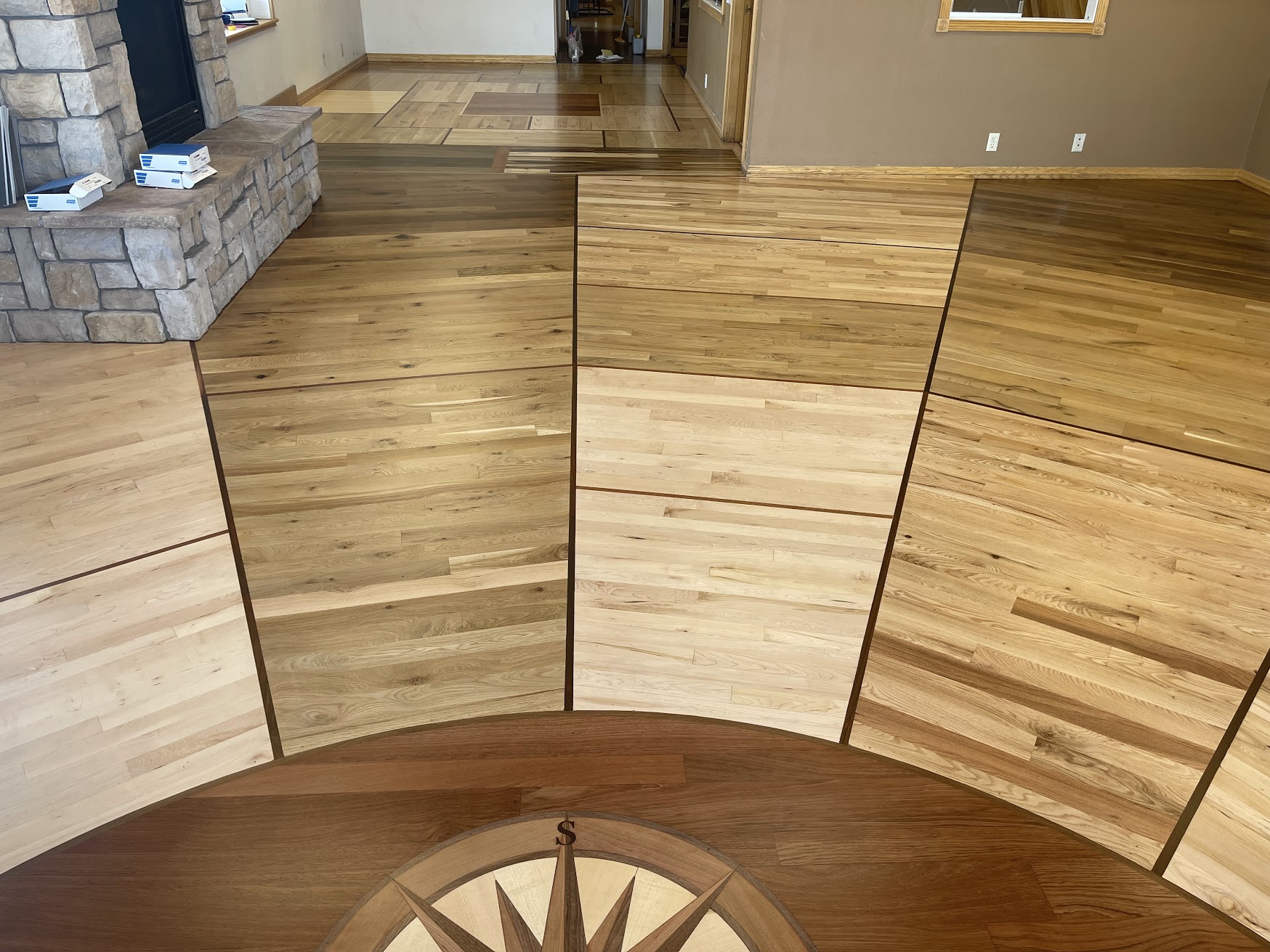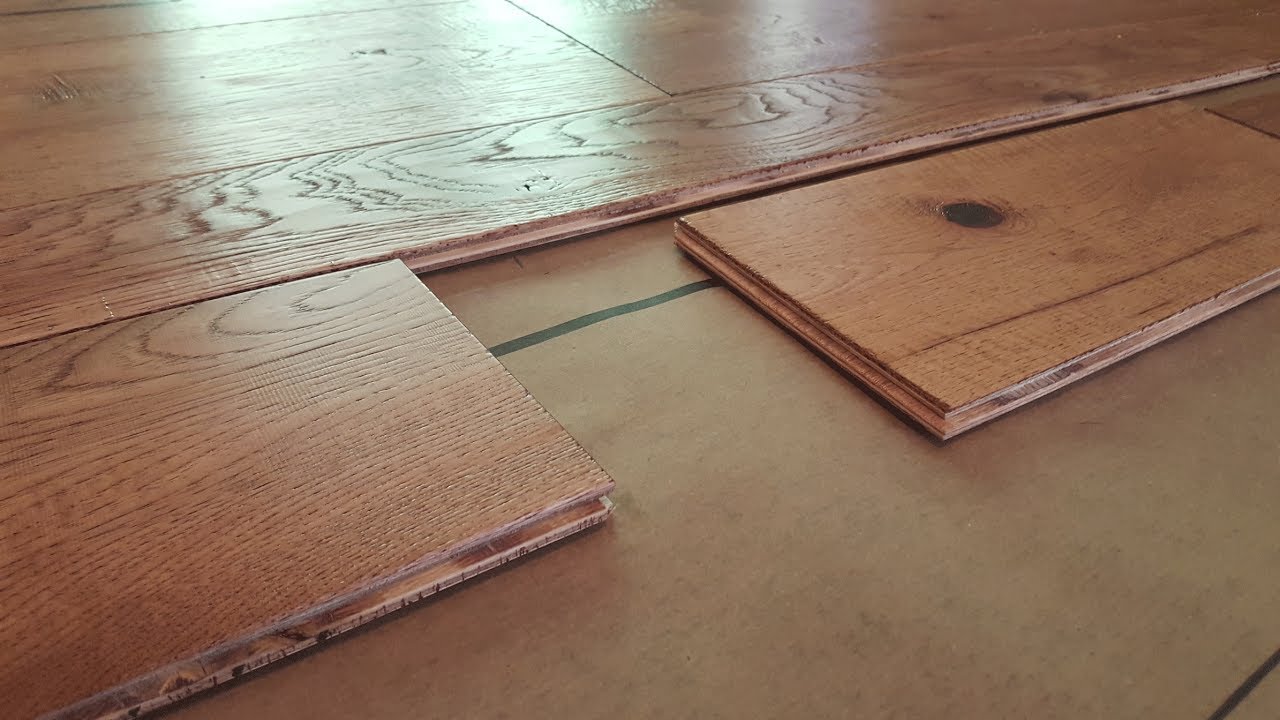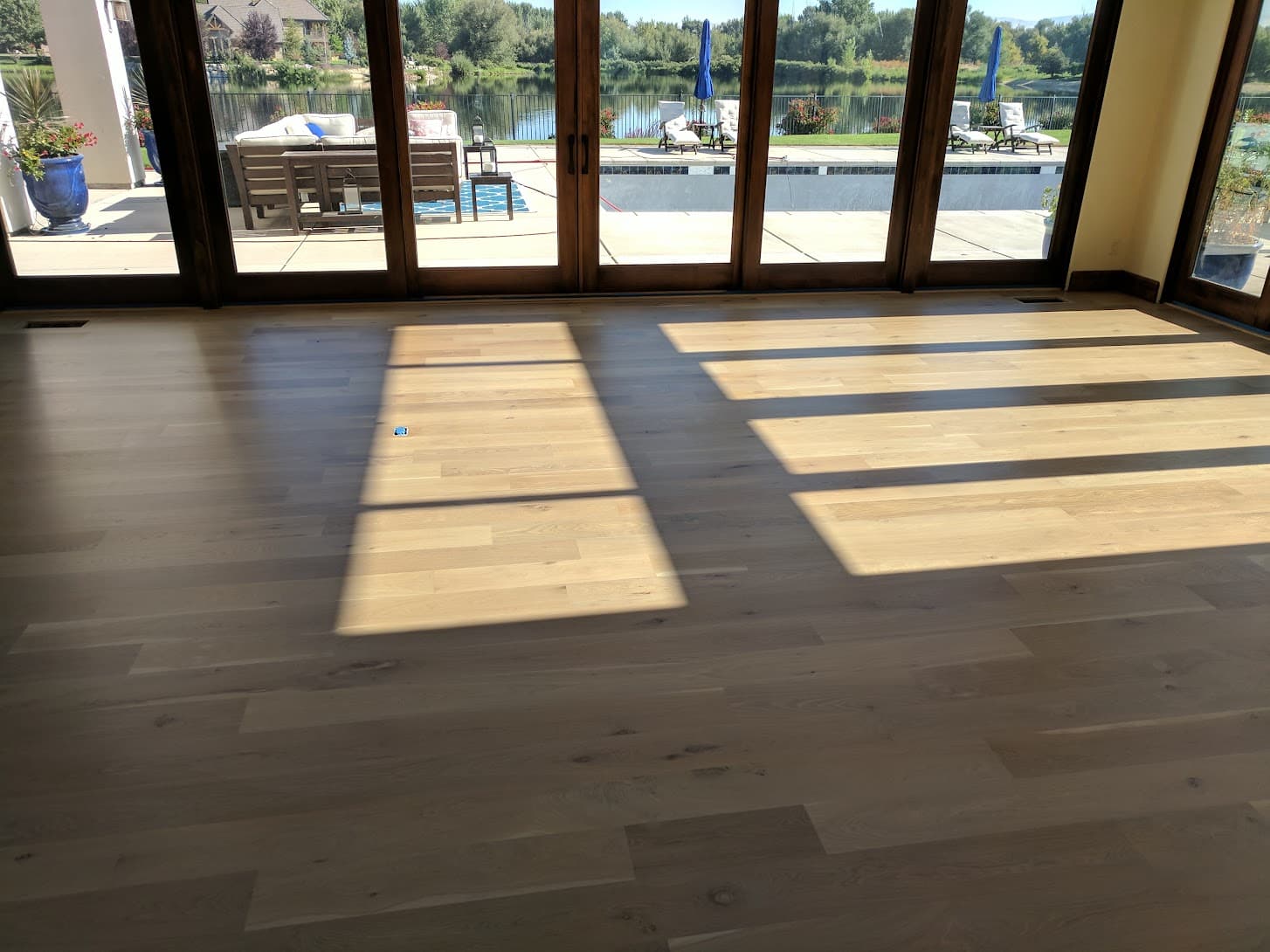Choosing the right flooring for your home or commercial space is a significant decision that can greatly impact the overall aesthetics, functionality, and value of your property. Engineered hardwood flooring has gained immense popularity for its durability, versatility, and timeless appeal. However, with a plethora of options available in the market and at the Rustic Wood Floor Supply in Spokane, it’s essential to know what to look for to ensure you make the best choice for your needs. Here’s a comprehensive guide on what to consider when buying engineered hardwood flooring:
1. Construction Quality:
The construction quality of engineered hardwood flooring is crucial for its durability and long-term performance. Look for flooring with a multi-layered construction, typically comprising a top wear layer (veneer) of genuine hardwood bonded to multiple layers of high-quality plywood or fiberboard. Opt for flooring with a thick wear layer for enhanced durability and the ability to withstand wear and tear over time.
2. Wear Layer Thickness:
The wear layer thickness determines how many times the flooring can be sanded and refinished, thereby extending its lifespan. Generally, thicker wear layers offer greater durability and longevity. Aim for a wear layer thickness of at least 2mm for residential applications and 4mm or more for commercial settings or high-traffic areas.
3. Species and Aesthetic Appeal:
Engineered hardwood flooring is available in a wide range of wood species, each with its unique grain patterns, colors, and characteristics. Consider the aesthetic appeal of different wood species and choose one that complements your interior design style and preferences. Popular options include oak, maple, walnut, hickory, and cherry, among others.
4. Finish Type:
The finish of engineered hardwood flooring plays a significant role in its appearance, maintenance requirements, and durability. Common finish options include polyurethane, oil-based, and water-based finishes. Polyurethane finishes offer excellent durability and resistance to scratches and stains, while oil-based finishes provide a more natural look and feel. Water-based finishes are eco-friendly and offer fast drying times with low VOC emissions.
5. Installation Method:
Consider the installation method that best suits your needs and preferences. Engineered hardwood flooring can be installed using various techniques, including floating, glue-down, and nail-down methods. Floating installations are quick and easy, making them suitable for DIY enthusiasts, while glue-down and nail-down methods offer a more secure and permanent installation.
6. Warranty and Manufacturer Reputation:
Always check the warranty offered by the manufacturer to ensure coverage for defects, wear, and structural integrity. A reputable manufacturer with a proven track record of producing high-quality engineered hardwood flooring is more likely to stand behind their products and provide reliable warranty coverage and customer support.
7. Budget Considerations:
Finally, consider your budget constraints and weigh the cost of the flooring against its quality, durability, and aesthetic appeal. While engineered hardwood flooring typically costs less than solid hardwood, investing in higher-quality options with thicker wear layers and premium finishes can offer better long-term value and performance.
Conclusion:
Choosing the right engineered hardwood flooring involves careful consideration of construction quality, wear layer thickness, wood species, finish type, installation method, warranty coverage, and budget considerations. By evaluating these factors and making an informed decision, you can select the perfect flooring option that enhances the beauty and functionality of your space for years to come.
Author Profile
- I have worked in hardwood flooring for the last 8 years. Use to run a company of residential crews as well as a company with gym flooring. If you need floor installation or refinishing help, I should have an answer or at least get you in the right direction.
Latest entries
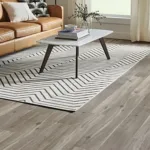 FlooringJuly 18, 2025The Rise of Luxury Vinyl Plank Floors: What Buyers Should Know
FlooringJuly 18, 2025The Rise of Luxury Vinyl Plank Floors: What Buyers Should Know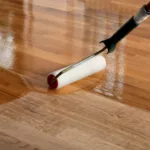 FlooringJuly 18, 2025Why Oil-Based Finishes Are Returning for High-End Wood Floors?
FlooringJuly 18, 2025Why Oil-Based Finishes Are Returning for High-End Wood Floors?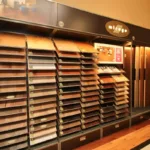 Hardwood FlooringJune 21, 2025How to Find FSC-Certified Wholesale Wood Flooring: Your Complete Guide
Hardwood FlooringJune 21, 2025How to Find FSC-Certified Wholesale Wood Flooring: Your Complete Guide Hardwood FlooringJune 18, 2025Wholesale vs. Retail Wood Flooring: What’s the Difference in Quality?
Hardwood FlooringJune 18, 2025Wholesale vs. Retail Wood Flooring: What’s the Difference in Quality?

